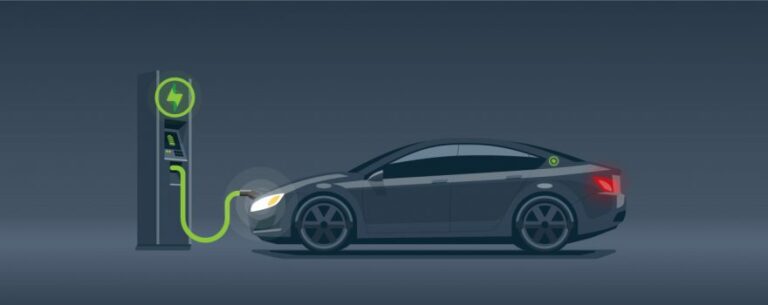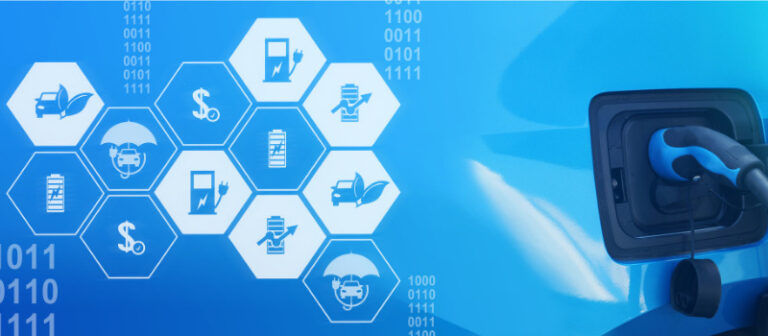
Catégories :
Charging Your Electric Vehicle in the USA: Everything You Need to Know
2024-08-07

2024-08-07


26/02/2021 - mise à jour 14/12/2023
Charging your electric car in Canada is one thing, but doing it in the USA is quite another, since you're in a foreign country. Here's a guide to help you recharge your battery easily and without worries! […]

29/08/2023 - mise à jour 10/04/2024
Charging your electric car in Canada is one thing, but doing it in the USA is quite another, since you're in a foreign country. Here's a guide to help you recharge your battery easily and without worries! […]